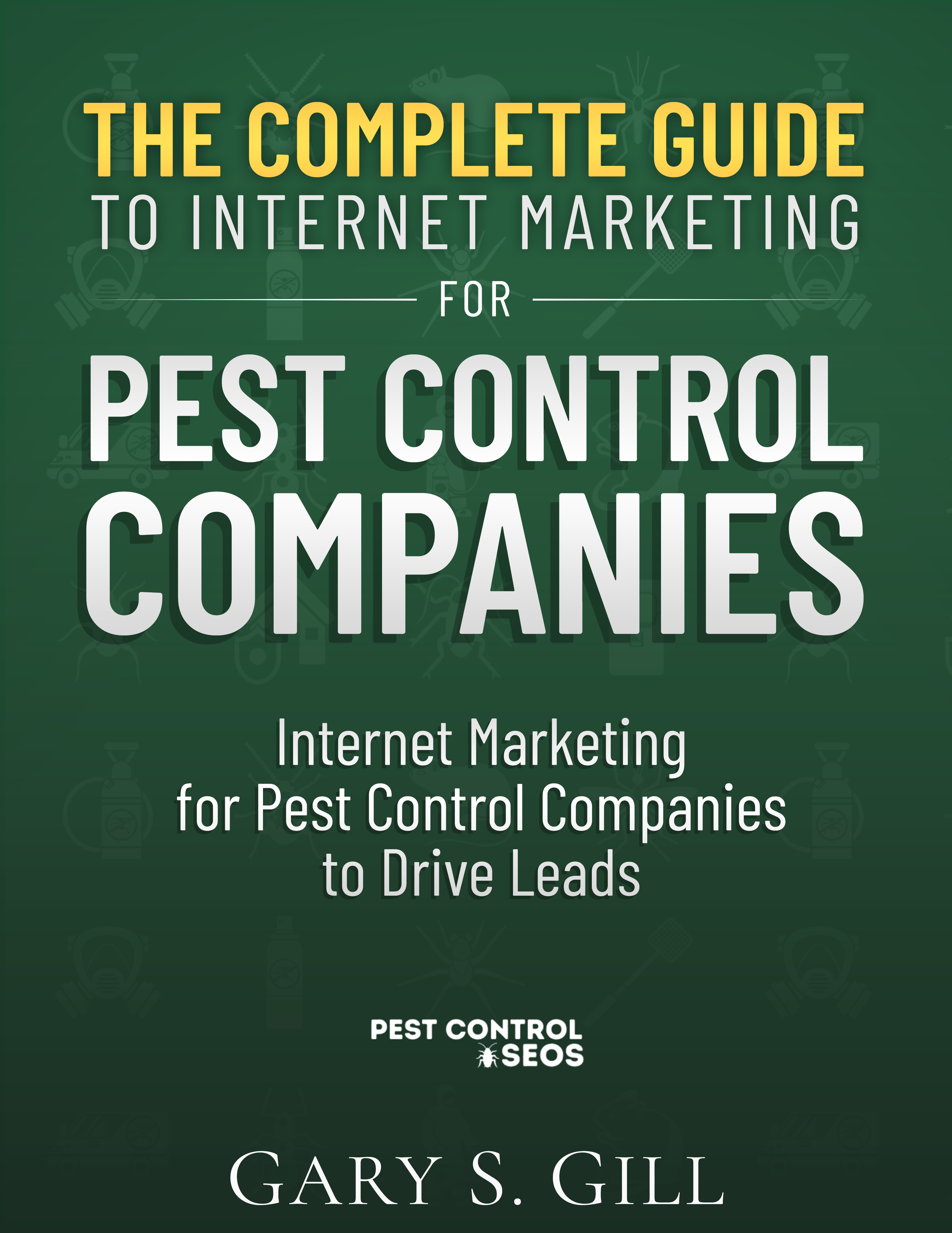You’ve seen it all – creepy crawlies invading homes, wasps taking over picnics, and bed bugs running rampant in hotels. No one wants to deal with these unwelcome guests, and that’s where you come in, the mighty pest control professional to save the day!
But how can you get your services in front of potential customers? Enter the world of Search Engine Optimization (SEO) – the real hero. Designed to help customers discover the services they’re desperately searching for, SEO is critical for your business to thrive.
Ou services for SEO pest control companies are designed to put you in front of your target audience and bring you more business.
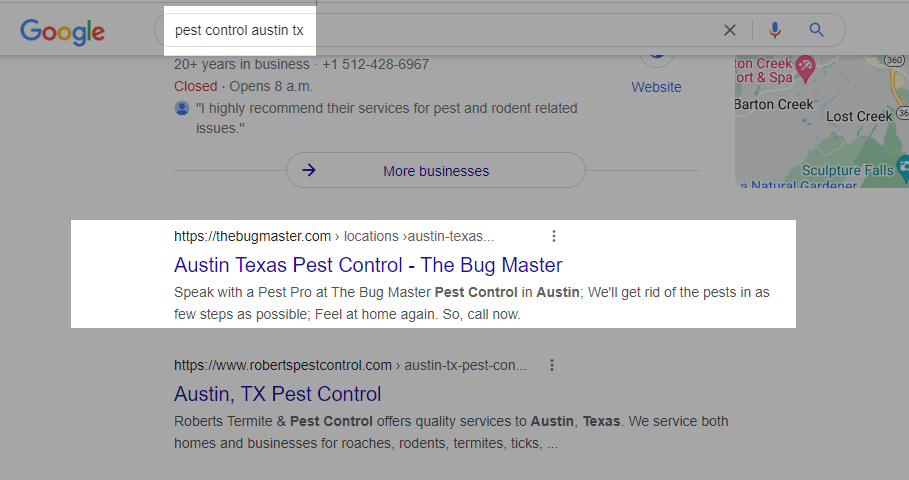
SEO, or search engine optimization, is the practice of improving your website and content visibility on search engines, like Google. In simpler terms, it’s about getting your website to show up on the first page of search engine results when someone searches for a term relevant to your business.
With Google processing over 99,000 search queries every second, it’s clear why having your website rank highly is essential. By optimizing your website with keywords, meta descriptions, and various other techniques, you can improve your website’s search ranking and increase its visibility to potential clients.
With an increasing number of customers searching for pest control services online, having a strong online presence has become more critical than ever. According to Statista, as of May 2021, the pest control industry in the United States boasted a staggering 30,800 business entities – and that number is only expected to rise as revenue projections show an improbable 17.4 billion U.S. dollars by 2023!
As more and more people turn to search engines to resolve their pest issues, businesses that are not adequately optimized for search will be left behind, collecting cobwebs instead of customers.
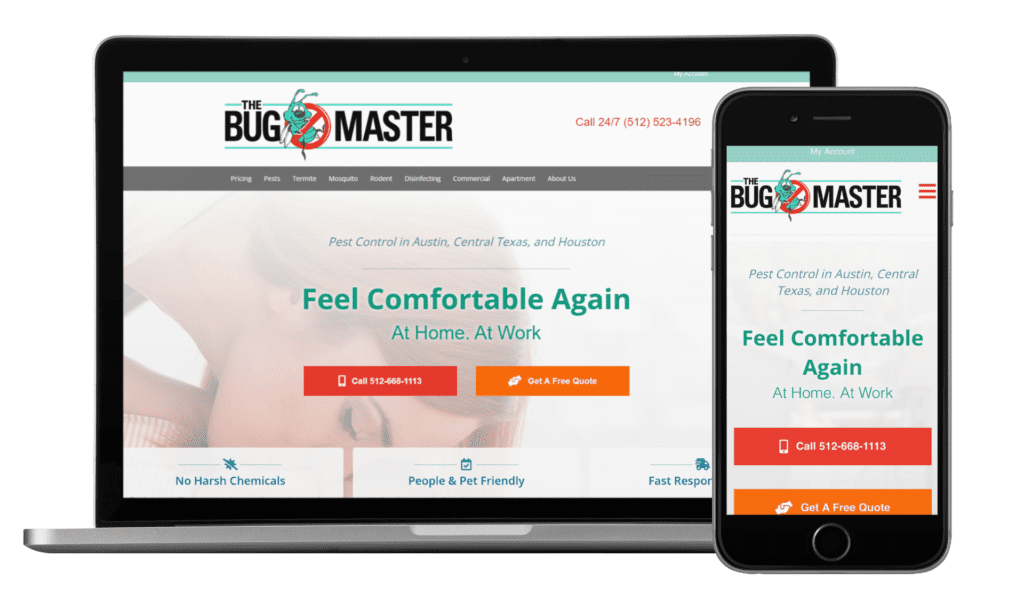
Achieve a strong online presence with our expert SEO services. We understand running your pest control business is demanding, so let us handle driving traffic to your website.
With years of experience in SEO pest control companies, we ensure top rankings on search engines, connecting you with potential customers.
Our strategy involves in-depth research, optimizing your website with relevant keywords and location info to boost search results and conversion rates. Let us take your online visibility to new heights and increase your customer base!
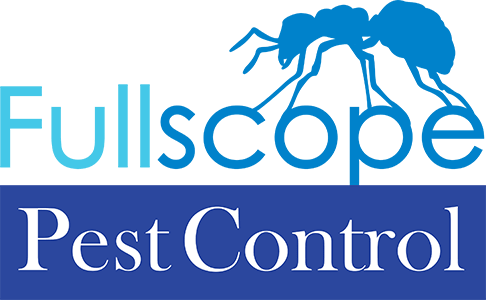
Gary is awesome, we’ve worked with so many companies but never got the personal attention and care like we did him and his team.
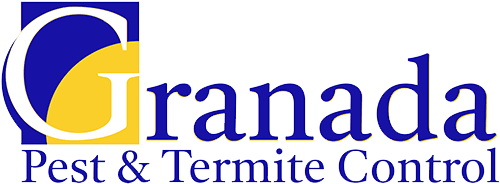
Thanks Gary for your wonderful work. It’s not first time I hired him for a digital marketing campaign. On my 2nd SEO campaign with him for my second pest control business, Gary has again showed he can deliver on what he promises. Would recommend!
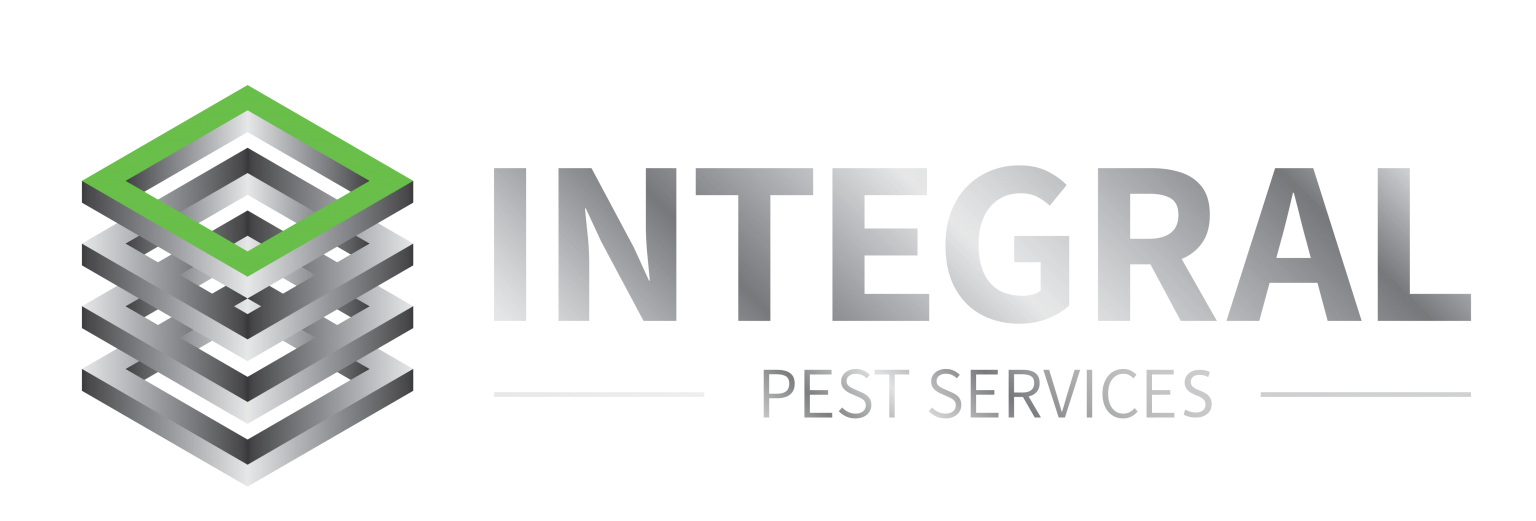
I highly recommend Pest Control SEOs for anyone looking for good results. Gary took the time to review my website and give suggestions without a guarantee we will even sign with them, he just wanted to genuinely help it looked like and that’s what drew me to working with his team.
When people need a professional pest control company, they turn to search engines. That’s why it’s so important to be on the first page of Google and other major search engines. If your practice isn’t there, your potential customers will never find you.
Of course, ranking high on search results is no easy task. Even with the help of an SEO firm, it can take months for your site to get the kind of visibility that will bring in new patients.
But we’re here to help. Our services for SEO pest control companies are designed to do just that: put you in front of your target audience and bring you more business.
This is what we do for our clients. No fluff, no wasting company hours on useless best practice metrics.
Technical SEO is the process of optimizing your website for search engines, making it easier for them to crawl, index, and rank your content. This includes optimizing your site’s architecture, improving its speed, design, and performance, and ensuring it is secure from malicious hackers.
Technical SEO isn’t just for those with an evil genius for coding – anyone can learn these simple yet effective techniques to bolster their website’s performance.
Like an evil lair hidden deep beneath a volcano, a well-structured URL can help search engines and users navigate your site with ease. Aim for shorter URLs, use hyphens to separate words, and include your target keywords so your site remains both user-friendly and search engine-savvy.
Internal links are like secret tunnels connecting different rooms within your nefarious hideout – they allow users and search engines to move between pages on your site. Use descriptive anchor text to help search engines understand the context of your linked content, and make sure you’re linking to relevant content to provide a better user experience.
If you want search engines to discover and rank your website, you need to make it easy for their bots to crawl your site and index your content. Ensure your robots.txt file is properly set up, submit a sitemap to Google Search Console, and use relevant meta tags to help search engines understand your content better.
Now, let’s dive deep into the importance of keyword-rich, unique, and engaging content, as well as the optimization of title tags, meta descriptions, header tags, image optimizations, and alt tags.
The battle for online supremacy begins with creating unique and engaging content. Pest control might not be the most glamorous of industries, but it doesn’t mean your content should be crawling with boredom. On the contrary, implementing engaging and informative content can boost user experience, increase website traffic, and improve your search engine ranking.
Transform your pest control website into a superhero-sized spectacle for search engines with the strategic use of title tags, meta descriptions, and header tags. These elements help search engines understand the intention and content of your website. Thus, presenting them in a well-structured, organized, and digestible manner is critical.
Always include relevant keywords in these tags, but be careful of keyword stuffing – search engines have a particular disdain for websites that overstuff their tags with repetitive keywords.
Rich snippets are like a turbo boost for your search engine appearance. They’re the additional lines of information or visual aids that show up beneath search results, providing users with quick, relevant answers to their queries. By making your search results more attractive and informative, rich snippets can help improve click-through rates, drive more organic traffic, and ultimately boost your SEO efforts.
A picture is worth a thousand words – but are you giving it the perfect caption? Image optimization is finally making its way into the spotlight when it comes to On-Page SEO. Ensuring that your visuals have appropriate alt tags and descriptive filenames can significantly enhance your website’s accessibility and searchability.
For pest control websites, it’s not just about assembling commonly used industry terms. It’s about discovering specific pest control services and localized keywords that cater to your target audience. Localization keeps the website relevant and helps its rankings soar past its competitors. Don’t overlook the power of geographical targeting – it’s the secret weapon in your SEO arsenal.
Search Intent Analysis brings us one step closer to understanding our audience’s motivations and needs. Analyzing your target audience’s search patterns, motives, and intentions can significantly enhance keyword targeting and result in higher conversions. Unlock the enigma of your customers’ minds, and you’ll have the key to search engine supremacy.
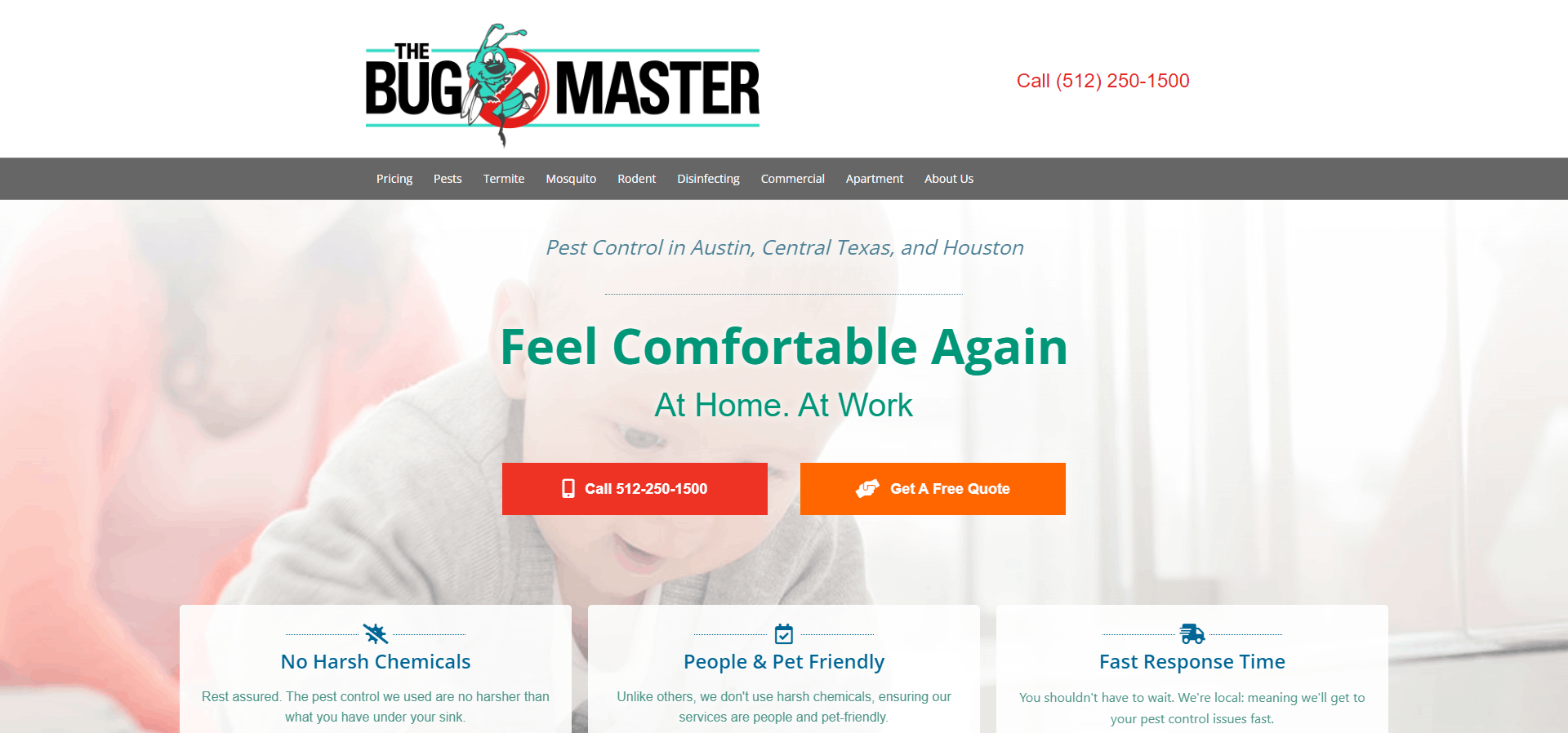
Off-page SEO, simply put, is about promoting and enhancing your website’s credibility on the internet. It involves creating backlinks, social media marketing, and managing your online reputation. For a pest control business, nailing off-page SEO is like saying, “Hello world! You’re safe from creepy crawlies as long as we’re around!”
The more robust your off-page SEO, the more likely potential customers will find your website on a search engine results page (SERP) and buzz straight to your services.
Just like you infiltrate bug nests, sneak into well-known websites in your niche by guest blogging. Offer a valuable or entertaining post for their audience to gain backlinks and authority in the digital world.
Scatter the internet with high-quality backlinks, like a trail of breadcrumbs. These links should contain valuable and relevant content that will provide answers and solutions to your potential customers. Link bait like this will increase your website’s authority and help your rankings soar.
Register your pest control business with local online directories, so search engines know where to find you. As a local resource, this can increase your online presence and help potential customers spot you in their pest-fighting quests.
If you think an occasional typo is harmless, think again! Inconsistent NAP (Name, Address, and Phone number) information can lead to unhappy customers, lost business, and even a negative impact on your search engine rankings. By maintaining consistent NAP information, your pest control company will be easier to find online, appear more professional and trustworthy, and achieve higher rankings in search results.
Local SEO is your chance to be visible to potential customers in your service area. By maintaining consistency in your NAP data, search engines will be more likely to view your company as a legitimate local business, improving your search rankings and driving more qualified leads to your website.

Let your voice fly like a swarm of bees on social media, and start promoting your pest control business! Share valuable content, case studies, or fun behind-the-scenes looks to engage with potential customers. Use different platforms like Twitter, Facebook, LinkedIn, and Instagram to reach different audiences.
Pest control business owners, remember: your online reputation precedes you! Encourage customers to leave reviews and ratings to create an army of satisfied voices singing your praises. Respond to both positive and negative comments to showcase your customer-centric approach.
No business can satisfy every guest at the bug buffet. There will be negative feedback. But how you handle it can boost your reputation. Be transparent and committed to a resolution and showcase your willingness to learn from your mistakes. The quicker your response, the lesser the potential damage.
Location, location, location! This critical business advice applies to real estate, retail, and yes, even pest control companies. Not convinced? Consider this: many prospective clients search for a local pest control company when they discover an infestation in their home. By establishing a prime digital presence through GMB, you ensure that your company appears at the top of their search results. Moreover, a well-optimized GMB listing showcases your business hours, contact information, and customer reviews – providing essential details to entice potential clients to call your business directly.
Create a free GMB listing by signing up and following the instructions. Verify your listing with a postcard sent to your business address. Optimize your listing by ensuring accurate business information, high-quality images, and pest control services are listed.
Updating your Google My Business (GMB) listing regularly is key to ensuring that potential customers can find the most accurate information about your pest control services. Keeping your GMB profile up-to-date ensures that you provide the most up-to-date business hours, contact information, and a list of services.
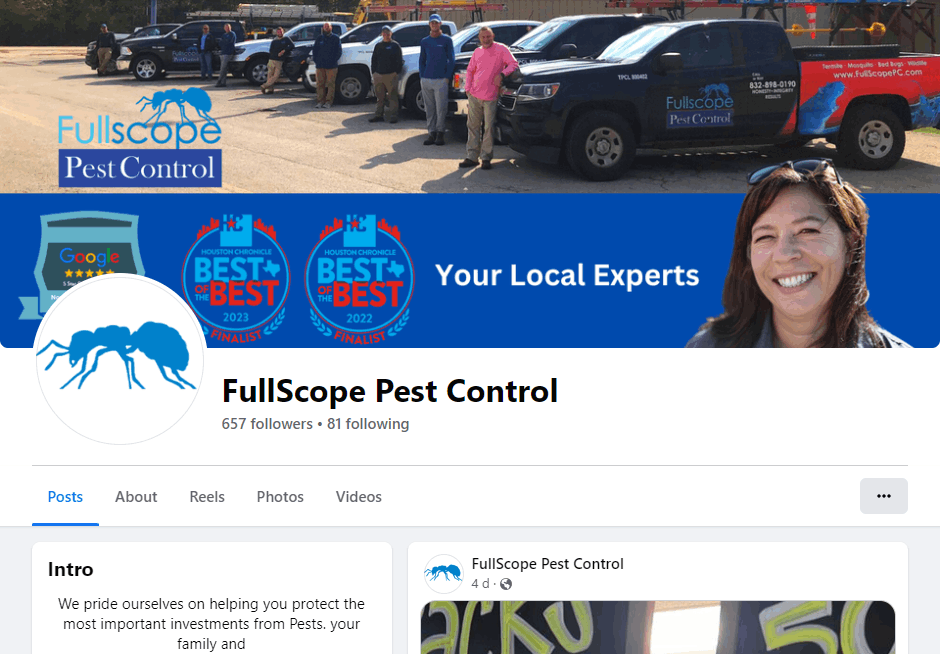
To keep their businesses thriving, pest control companies must adapt to an increasingly digital world. This includes fostering an online presence and analyzing heaps of data to stay ahead of the competition.
Just like insects rapidly adapt to different environments, so too does the digital landscape constantly change. Pest control businesses must remain alert to shifts in website performance and search engine rankings.
To guarantee success, companies need to track and monitor their SEO performance consistently. Doing so not only ensures your services are reaching people in need but also can help pinpoint areas for improvement.
At the heart of every pest control operation lies the exterminator’s hive of digital tracking: Google Analytics. This powerful tool helps businesses gather valuable insights about website traffic and user behavior. Setting up Google Analytics typically begins by embedding a tracking code on your website. Once the code is in place, the fun begins! Analyzing visitor data such as referral sources, session duration, and bounce rate will aid in fine-tuning marketing strategies and nurturing customer relationships.
By setting up conversion tracking through Google Ads, pest control businesses can measure the success of specific campaigns in generating leads and sales. Evaluating ad performance using metrics such as click-through rate and cost per conversion helps stakeholders allocate marketing budgets wisely and strategize for future growth.
This process might cover areas such as website speed, mobile responsiveness, and keyword targeting analysis. A detailed report may reveal issues like broken links, duplicate content, or missed optimization opportunities – all fixable with a bit of digital operation.
SEO is a long-term game. It usually takes several months to start seeing meaningful improvements in your search engine rankings and organic traffic. However, implementing quick wins, such as optimizing page titles, adding meta descriptions, and maintaining NAP consistency, can give you a boost in the short term.
The KPIs you should be monitoring for SEO success include organic search visibility, website traffic, leads generated from organic sources, and keyword rankings. Additionally, it is important to track customer engagement metrics such as click-through rate and time on the page. These KPIs help you measure the effectiveness of your SEO efforts and adjust your strategy accordingly.
Not necessarily. Local SEO can be done on a budget, but you may need to invest in some paid tools or services. Additionally, if you are unfamiliar with SEO practices, it is recommended that you seek professional help to ensure your website is optimized correctly.
Specialized pest control SEO can help you stand out from the competition and reach customers in your local area. By optimizing your website for keywords related to pest control, you’ll be able to target potential customers searching for services like yours, resulting in more qualified leads and a higher ROI.
Expect more than the ordinary from us. Unlike generic agencies, we collaborate as true partners in your business. Our goal is your success, with the attention and service you deserve.
With years of experience, we know how to get your site ranked on Google, helping businesses like yours dominate the competition and maximize marketing ROI. We’ll discuss your needs, challenges, and goals for your SEO. We’ll be as efficient as possible — but thorough enough to get a sense of exactly what you need from us.
We’ll start off by having a conversation to determine if we’re the right fit for each other.
There are no sales pitches or high-pressure tactics. We’ll just have a conversation about your business and how we can help you grow it!
This enables us to ascertain what needs to be done. You’ll have numerous opportunities to ask questions, voice concerns, and receive an honest appraisal of how we can assist you in succeeding online.
We’ll put together a custom proposal detailing what services our team would recommend for you, as well as the price associated with.
This proposal will include all the tasks that we would perform during the course of our engagement with you as well as the anticipated timeline for completion.
The best pest control SEO companies don’t simply provide you with a proposal and then disappear.
We are here to execute the tactics necessary to rank your website and generate leads. We track all of the calls that come in from our PPC efforts to make sure we’re achieving a positive ROI for your pest control business!
